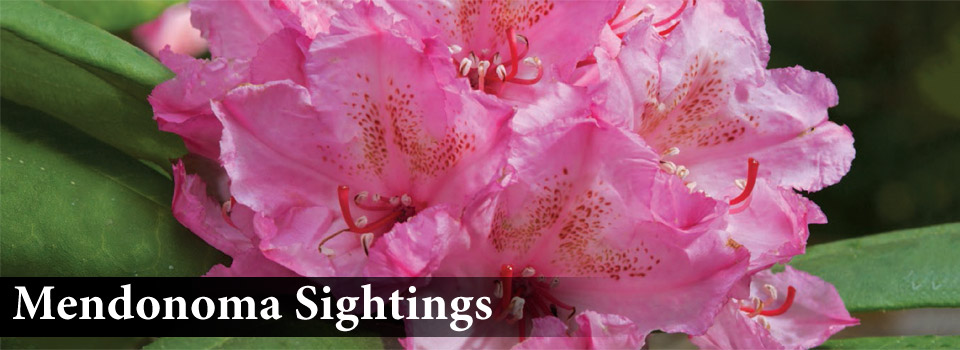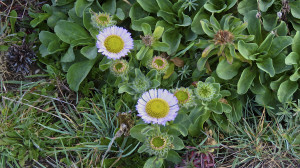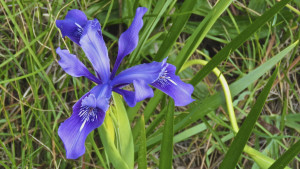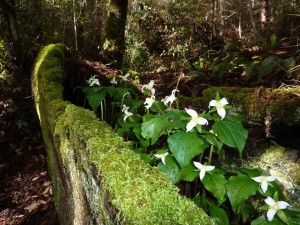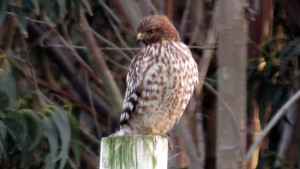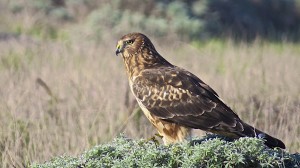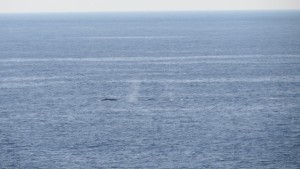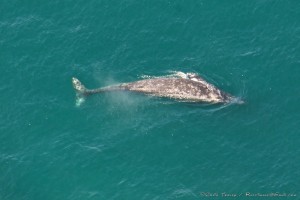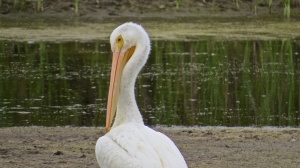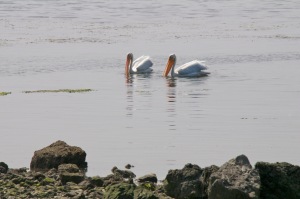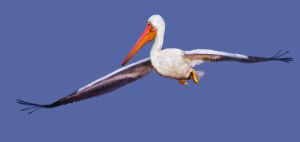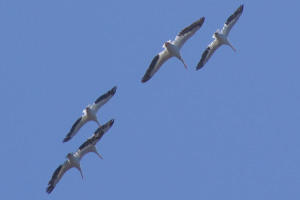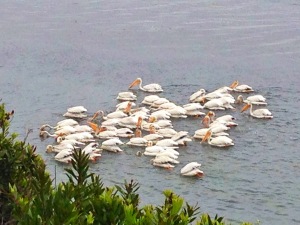Richard Kuehn took a walk on the bluffs recently and photographed three wildflowers. The first photo shows Seaside Daisies.
And Footsteps-of Spring.
And a lovely Douglas Iris.
Wildflowers are blooming along shady forest paths too. Western Trilliums have begun their bloom.
Redwood Violets, Milk Maids, and the first Redwood Sorrel are also blooming.
The first three photos are by Rich and the last photo is from Jon Raymond. I thank them both for allowing me to share their photos with you here.
